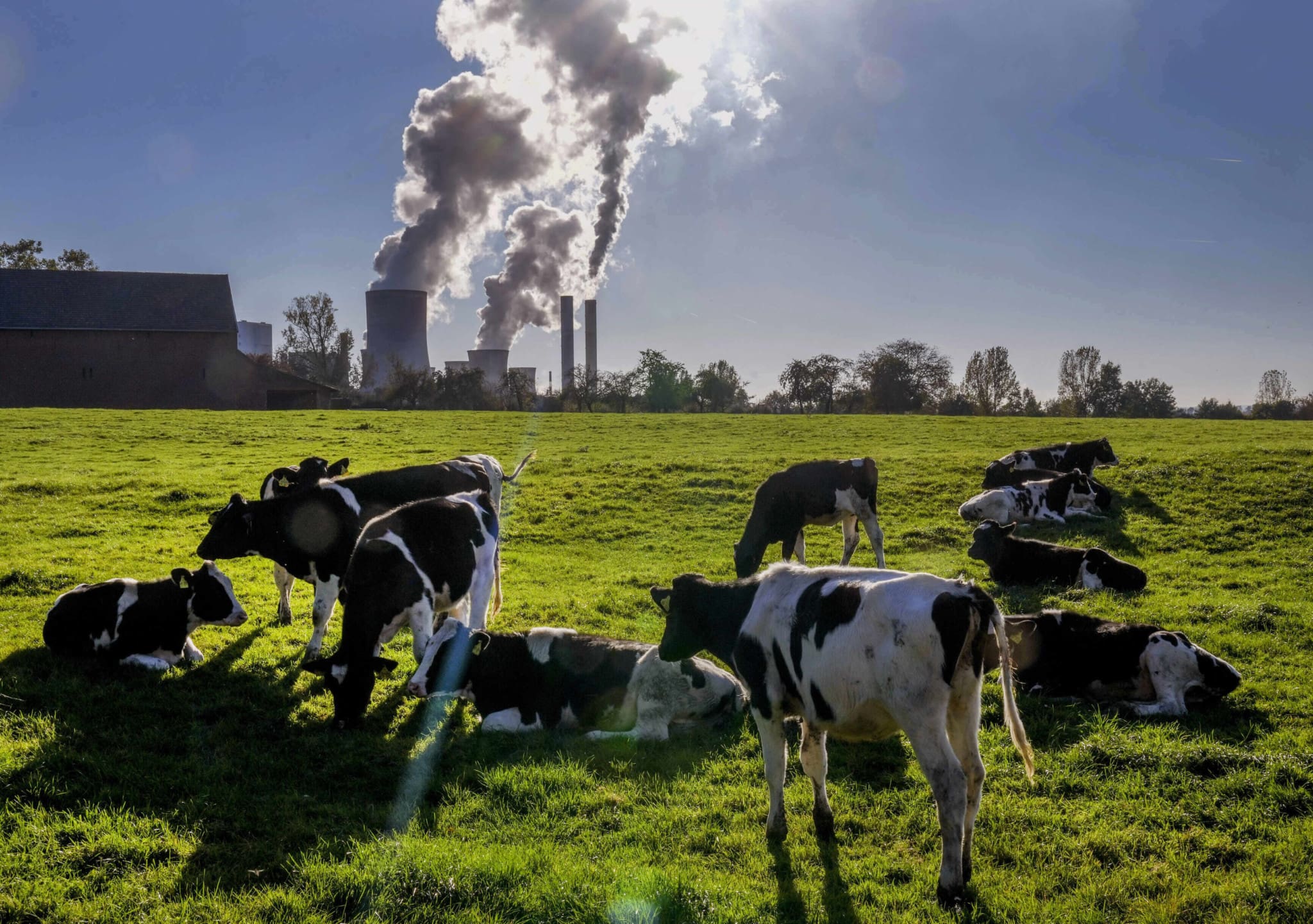Due to European Union regulations, producing electricity with coal or other “dirty fossil fuels” can be very expensive due to the Emission Trading System (ETS). As a result, Poland, in particular, faces a severe disadvantage because much of its energy is generated from these energy sources.
The Polish Economics Institute (PIE) reports that the average price of an EU ETS certificate is €84, but Poland is producing electricity at three times this EU emission average, twice the cost of Germany, and 12 times greater than that of France.
The reason for the discrepancy is the structure of Polish electricity production depends greatly on high-emission sources. The countries with the highest emissions indicators face a lower ratio of emission rights, which is why Poland is so keen to reform the ETS system. Its dependence on coal makes its electricity production inordinately expensive, especially during a time of soaring energy costs.
[pp id=46671]
In terms of Central European countries, Slovakia has the lowest intensity of emissions, which is due to over half of its electricity coming from nuclear power. Latvia is not far behind as a result of half of its electricity being derived from water power and almost 40 percent from gas.
In 2021, the EU witnessed an unprecedented increase in the cost of emission rights from €33 to over €80 by the beginning of 2022. According to PIE, this was because of a rise in the price of gas and fall in its supply, which led countries to increasingly rely on coal for electricity production.
The PIE researchers note that the rise in the prices on the EU ETS market has also been affected by the European Commission’s Fit for 55 policy of further reducing emissions, which has further increased prices on the markets. The Fit for 55 policy aims to reduce emissions by 55 percent by 2030 and, accordingly, alter the EU’s climate, energy, and transport regulations.






